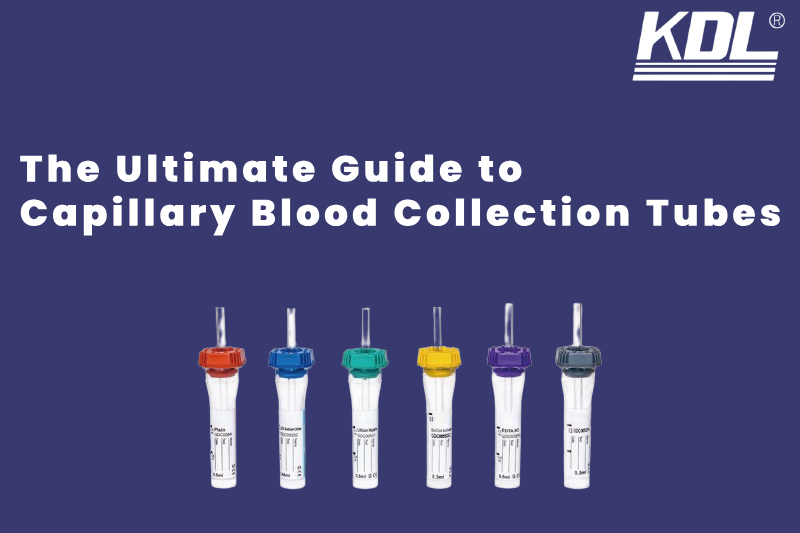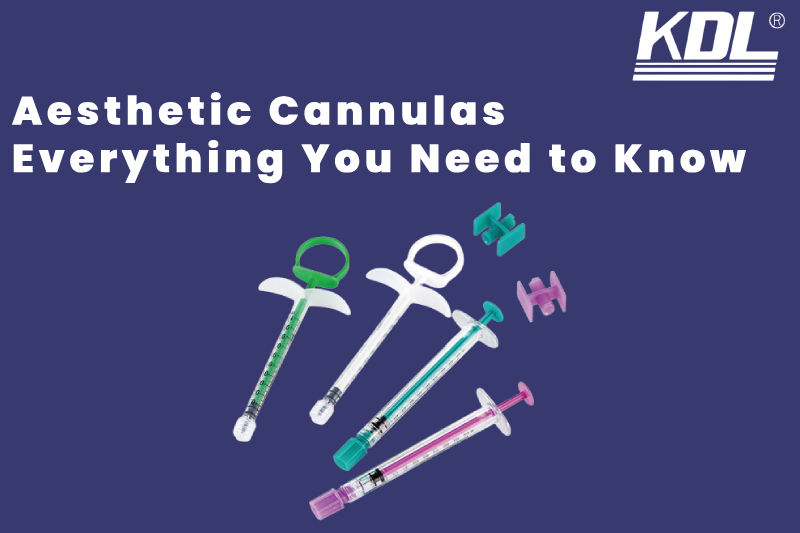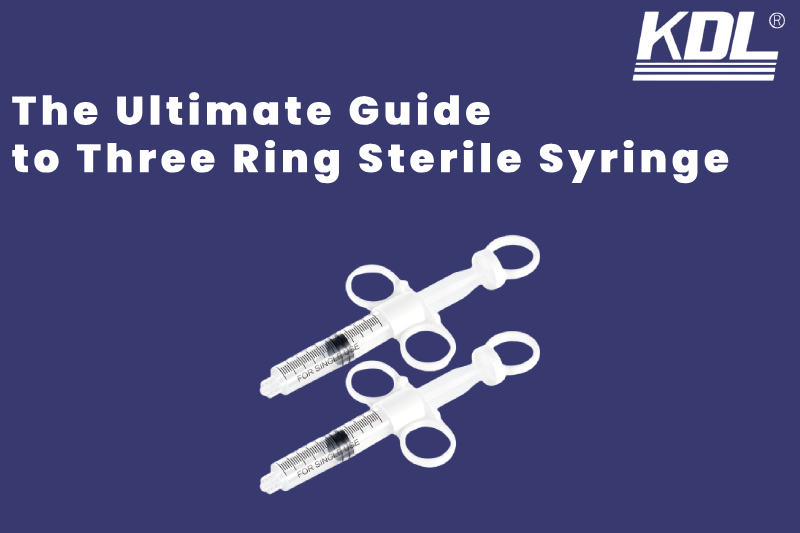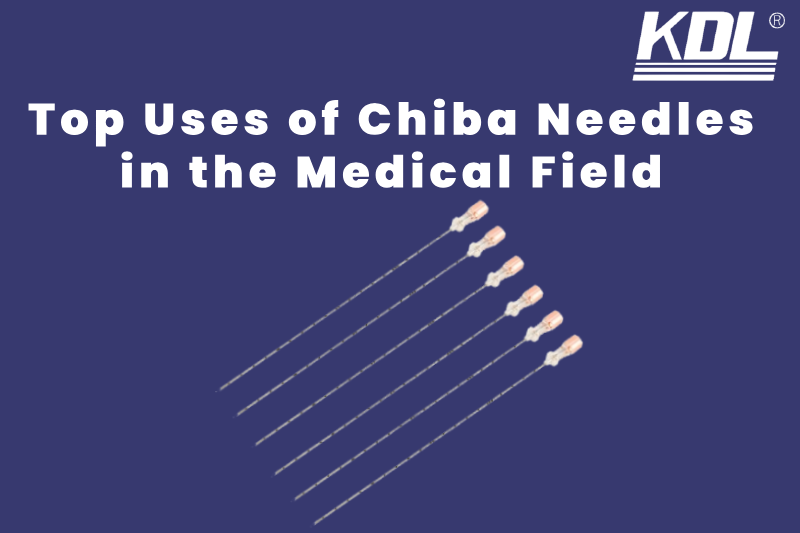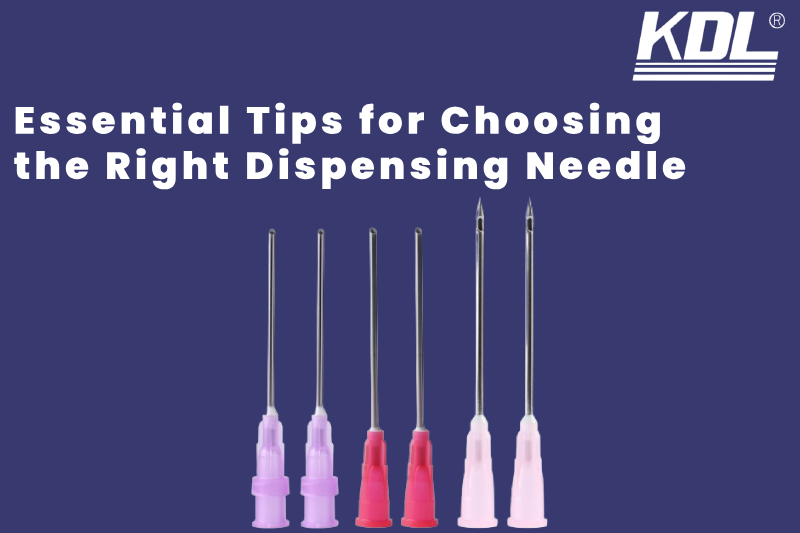
When it comes to providing top-tier patient care in dentistry, the use of irrigation needle plays a crucial role. These small but powerful tools help enhance treatment outcomes and ensure optimal oral health for patients. In this blog post, we will explore the impact of irrigation needles in dentistry and how they contribute to a superior standard of care.
What is an irrigation needle?
An irrigation needle is a specialized tool used in medical procedures to deliver fluids or medications directly into specific areas of the body. It consists of a thin, hollow tube with a sharp tip that can penetrate tissue easily.
Irrigation needles are commonly used in dental procedures to flush out debris from the gums or root canals. They are also used in ophthalmology to deliver medication to the eye or to remove foreign bodies.
The design of an irrigation needle allows for precise control over the flow rate and direction of the fluid being delivered, making it a versatile tool for various medical applications.
The Importance of irrigation needle in dentistry:
Irrigation needles may seem like a small component in the grand scheme of dental procedures, but they are actually vital in maintaining a clean and bacteria-free environment during treatments. These needles help flush out debris and bacteria from the root canal system, ensuring thorough cleaning and disinfection.
Benefits of using irrigation needle in dentistry
The benefits of using irrigation needles in dentistry are numerous. Not only do they aid in removing debris and bacteria, but they also help in delivering medication directly to the affected area. This targeted approach ensures that the treatment is effective and the patient experiences minimal discomfort.
Let’s dive into the benefits of using irrigation needles in dentistry and why they should be a staple in every dental clinic.
Improved Precision
One of the key benefits of using irrigation needles is their ability to reach difficult-to-access areas in the mouth. This precision is crucial in ensuring that all debris and bacteria are effectively removed from the root canal, minimizing the risk of damaging surrounding tissues in the process.
Reduced Risk of Infection
Proper irrigation is essential in preventing post-operative complications and reducing the risk of infection. Irrigation needles are designed to effectively remove debris and bacteria from the root canal, helping to maintain a clean and healthy environment for dental procedures.
Enhanced Patient Comfort
Nobody likes the idea of needles in their mouth, but the smaller size of irrigation needles helps to reduce discomfort during irrigation. Additionally, the quick and efficient irrigation process minimizes patient discomfort, making for a more pleasant experience overall.
Time Efficiency
Time is of the essence in the world of dentistry, and irrigation needles can help save precious time during dental procedures. The faster irrigation process allows for more efficient treatment planning and execution, ultimately leading to better patient outcomes.
Cost-Effectiveness
In addition to saving time, irrigation needles can also save money. By reducing the need for additional irrigation tools and minimizing the risk of complications that may require costly follow-up treatments, irrigation needles prove to be a cost-effective solution for dental professionals.
Read More : Tips for Choosing the Right Oral Syringe for Your Baby
Types of irrigation needle available in dentistry
There are various types of irrigation needles available in the market, each designed for specific purposes. From side-vented needles to closed-end needles, dental professionals have a range of options to choose from based on the procedure at hand.
Proper techniques for using irrigation needle
Using irrigation needles may seem straightforward, but proper technique is key to ensuring optimal results. From selecting the right needle size to maintaining a steady flow of irrigation solution, attention to detail is crucial in maximizing the benefits of these tools.
1: Choosing the Right Needle Size
When it comes to irrigation needles, size does matter. It’s important to select the appropriate needle size based on the specific needs of the case. For example, smaller needles are ideal for accessing narrow or curved canals, while larger needles may be more suitable for delivering a higher volume of irrigant. By choosing the right needle size, you can ensure proper irrigation and effective cleaning of the root canal system.
2: Proper Needle Placement
Once you’ve selected the right needle size, the next step is to ensure proper needle placement. It’s essential to position the needle tip at the desired location within the root canal system to achieve optimal irrigation. Take your time and use a gentle, controlled technique to avoid any accidental perforations or damage to the surrounding tissues. Remember, precision is key when it comes to needle placement.
3: Effective Irrigation Techniques
Now that you have the right needle size and proper placement, it’s time to focus on effective irrigation techniques. Utilize a gentle, continuous flow of irrigant to flush out debris and bacteria from the root canal system. Use a side-vented needle to ensure thorough cleaning of the canal walls and maximize the distribution of the irrigant. Remember to always use a back-and-forth motion while irrigating to cover all areas of the canal effectively.
4: Safety Precautions
Last but not least, don’t forget about safety precautions when using irrigation needles. Always wear appropriate personal protective equipment, such as gloves and eyewear, to protect yourself from potential splashes or needle-stick injuries. Dispose of used needles properly and follow proper infection control protocols to maintain a safe and hygienic working environment.
Potential Risks and How to Mitigate Them
Like any dental procedure, using irrigation needles comes with potential risks. From accidental perforation to irrigation solution extrusion, it’s important to be aware of these risks and take necessary precautions to mitigate them. Proper training and adherence to safety protocols are essential in minimizing these risks.
Conclusion
In conclusion, irrigation needles are not just tools – they are game-changers in the world of dentistry. By utilizing these needles effectively, dental professionals can enhance patient care, improve treatment outcomes, and ultimately, elevate the overall dental experience. So, let’s continue to embrace innovation and prioritize patient care with the help of irrigation needles.
 +86-791-8686-1216
+86-791-8686-1216 


